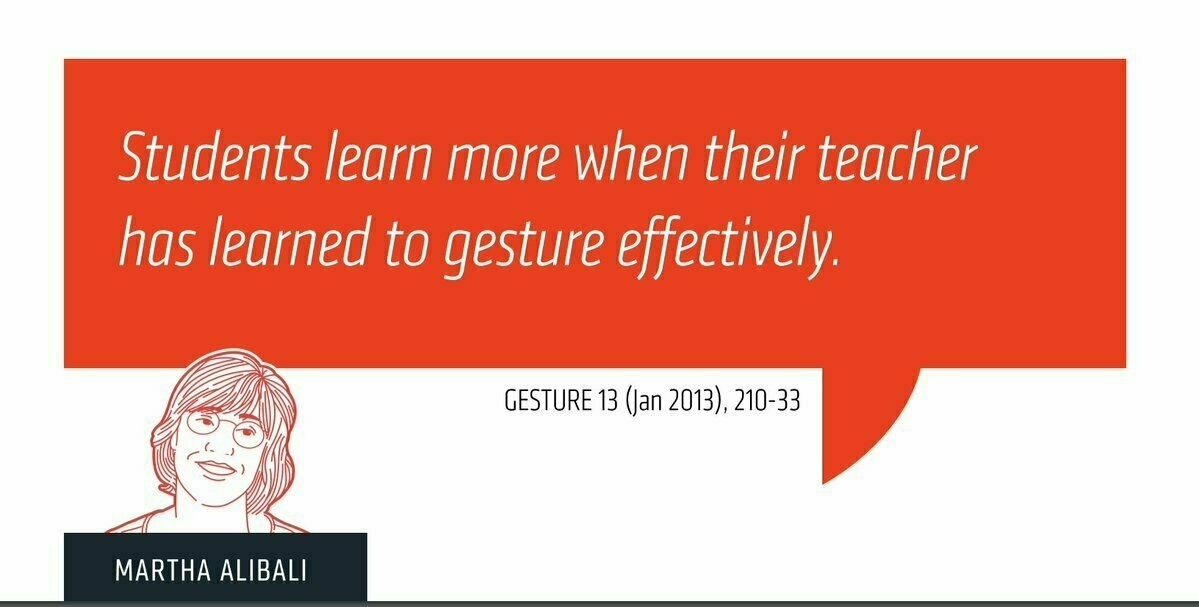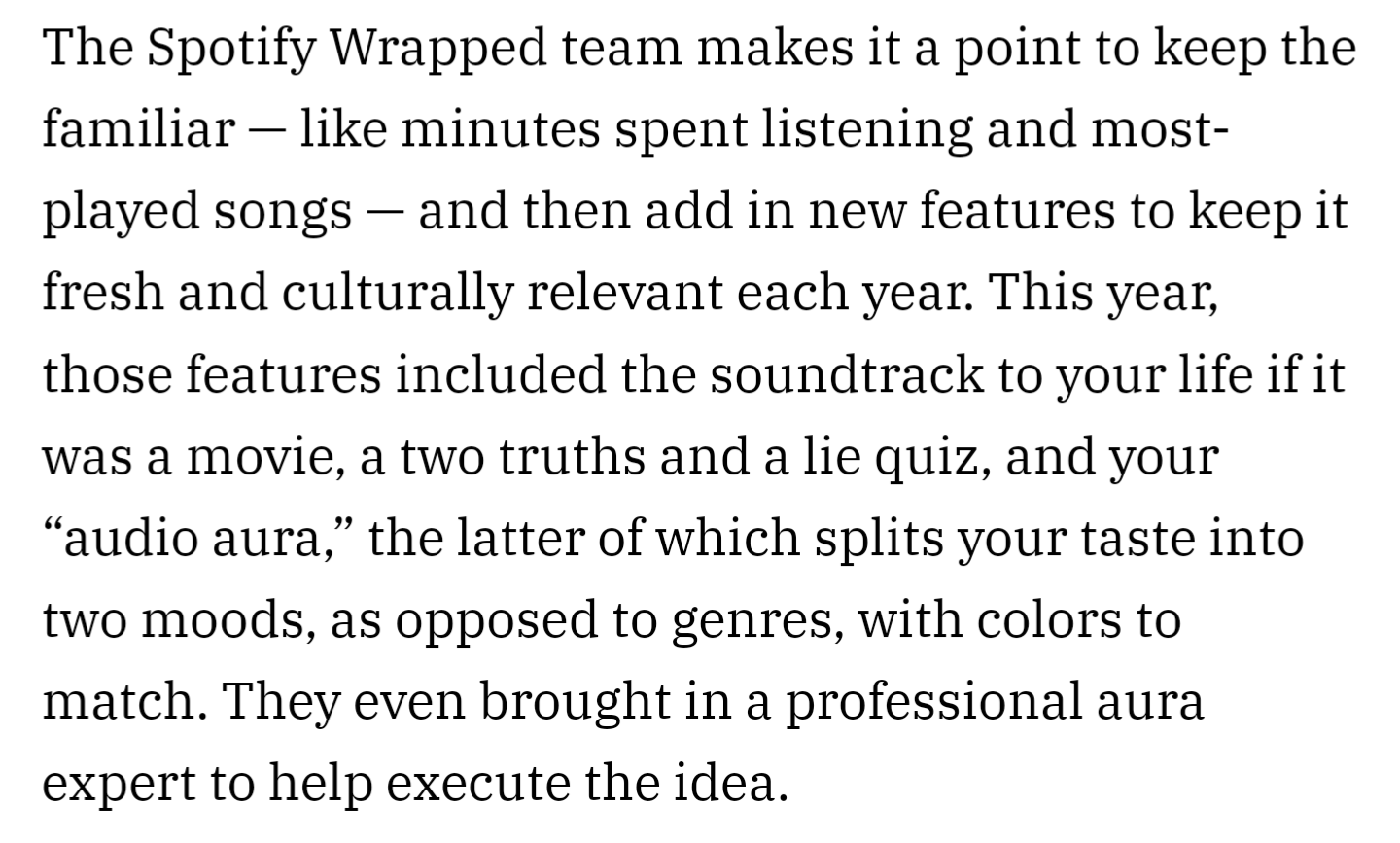This book looks wonderful:
Creatures Are Stirring is a book about how to be friends with buildings. Through a collection of flash fictions (written from buildings’ points-of-view), creative essays, and case studies, the book re-conceptualizes buildings as our intimate companions by amplifying architecture’s creaturely qualities—formal embellishments, fictional enhancements, and organizational strategies that suggest animal-like agency. In an unsettled world, such qualities may initiate more companionable relationships between humans and the built environment, and ultimately foster greater solidarity with other human and nonhuman lifeform
Go buy it here
Reminds me of this wonderful short story from Matt Webb:
We sat atop Parliament Hill as the sun went down, London lapping at our feet, glass of wine in hand, a hard red line on the horizon fading not to black but the glow of LED streetlamps diffused through the humid breath of our ten million neighbours.
The distant whine quitened as the drones returned to their charging towers. The apartment buildings, shadowy, took over with their rumbling murmerations.
“That one,” said K—, and I followed her finger to one particular termite mound, apartment containers crawling over one another, a slowly seething self-stirring pile, reconfiguring according to the occupants’ preferences this week and the up-to-the-microsecond spot rent.
“There’s a patch of apartments that are blocked,” and indeed there was: a 3D mass at the heart of the mass, visible sometimes, not moving. A scab. A tumour.
And this amazing talk on Hydrocommunities by Gilberto Esparza. Assembling robot “creatures” that feed off the city. Incredible
Eyeo 2018 - Gilberto Esparza from Eyeo Festival on Vimeo.
URBAN PARASITES (2006 – 2007)
They are the complex restructuring of technological waste with mechanical and electronic systems that are configured as artificial life organisms with the ability to survive in urban environments. Many of them feed on the energy they steal from the electricity distribution network of cities and interact with their environment by moving and emitting sounds to communicate with other parasites of their species, forming part of the urban soundscape.



